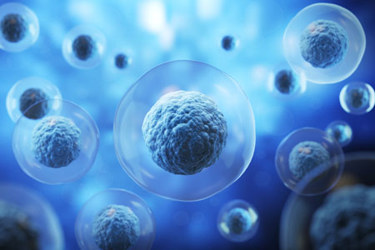Functional Characterization Of 3D Neurospheres Assembled Using iPSC-Derived Neurons And Astrocytes
By Oksana Sirenko, Carole Crittenden, Krishna Macha, and Angeline Lim, Molecular Devices, LLC, and Rebecca Fiene, Scott Schachtele, and Coby Carlson, FUJIFILM Cellular Dynamics, Inc.

This content is brought to you by Molecular Devices, a Danaher Operating Company.
Neural organoids and 3D spheroids represent a cutting-edge technology that holds immense promise for advancing our understanding of brain development and neuronal diseases. These innovative systems offer a more sophisticated and biologically relevant platform for conducting basic research and high-throughput drug discovery. This includes applications such as compound profiling and toxicity testing, which are crucial for developing new therapeutic strategies. In this application note, we outline the methodologies for creating 3D neurospheres using normal human induced pluripotent stem cell (iPSC)-derived cell types. These cell types include glutamatergic neurons, GABAergic neurons, and astrocytes. By assembling these cells into 3D neurospheres, researchers can perform comprehensive compound profiling and provide valuable insights into the effects of various compounds on neuronal function and viability.
Discover how this approach not only enhances your understanding of neuronal biology but also accelerates the discovery of potential treatments for neurological disorders.
Get unlimited access to:
Enter your credentials below to log in. Not yet a member of Pharmaceutical Online? Subscribe today.
